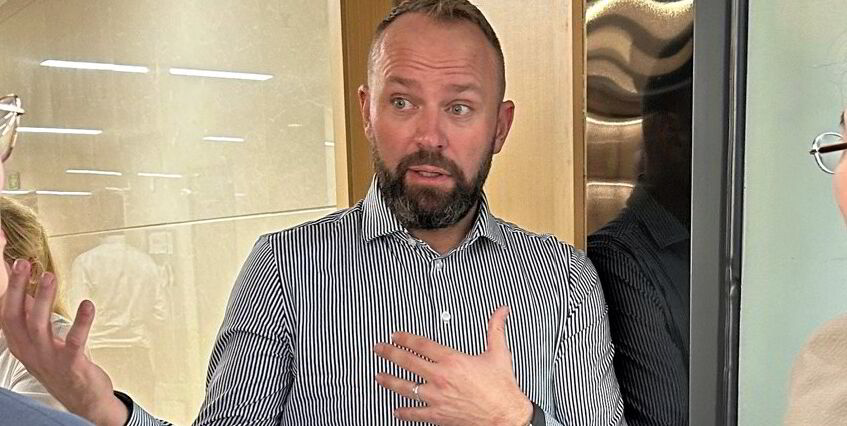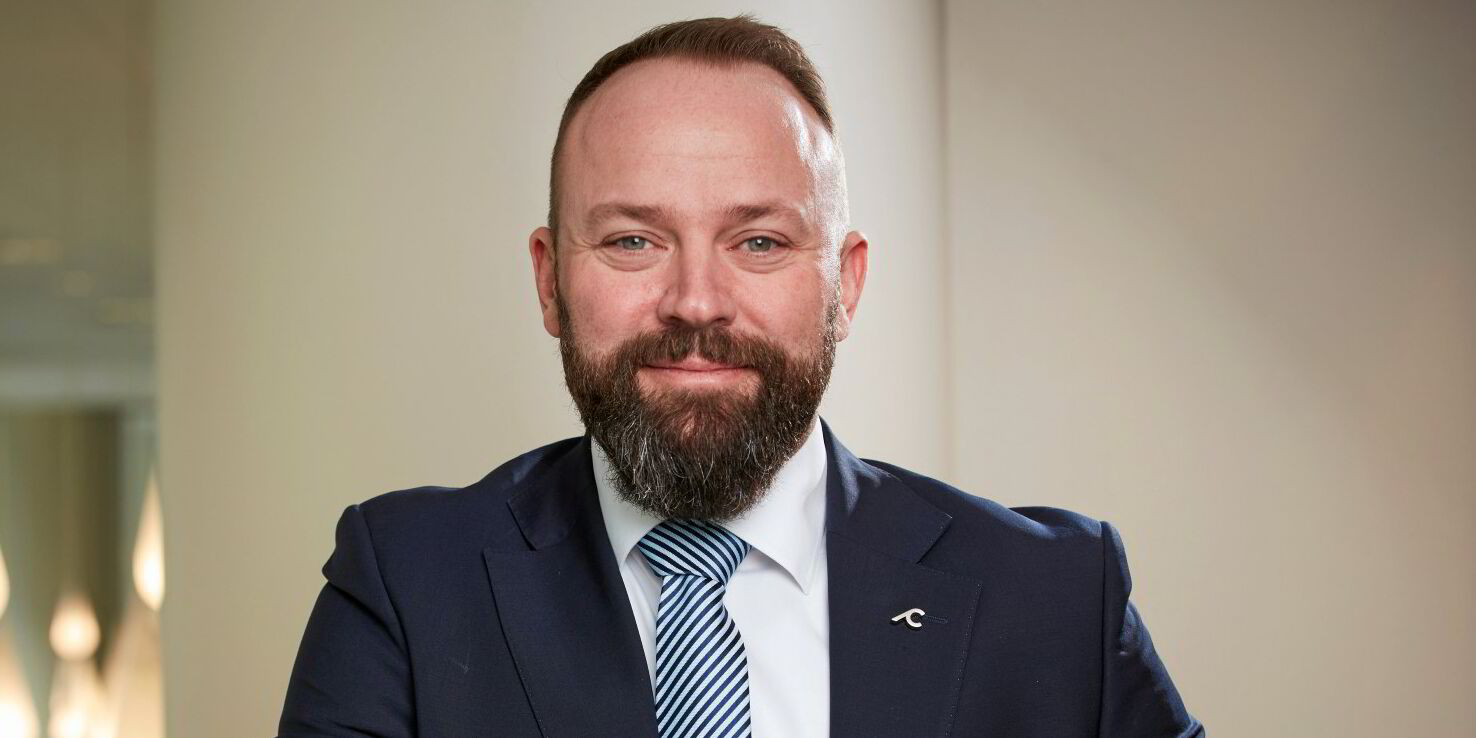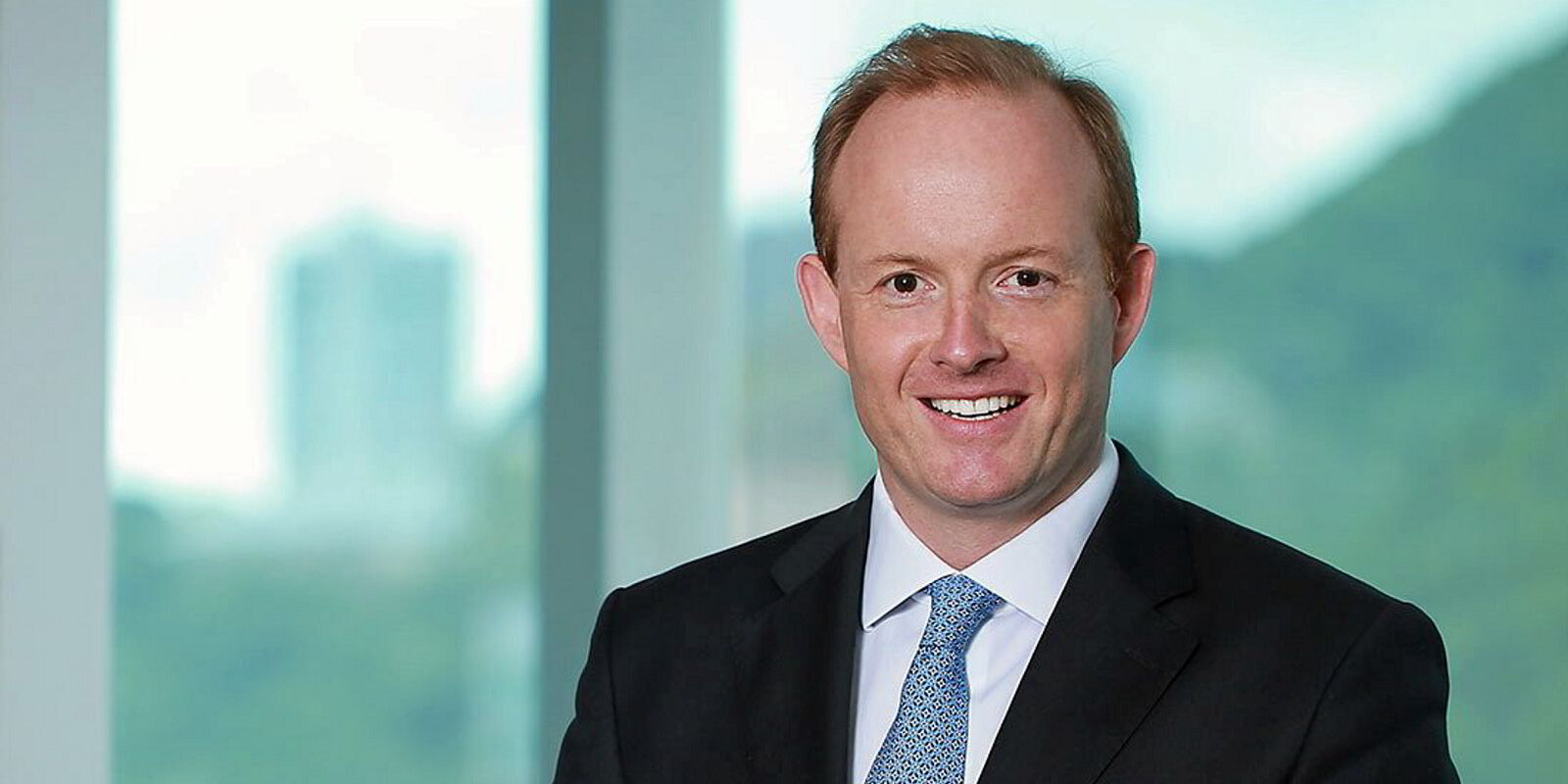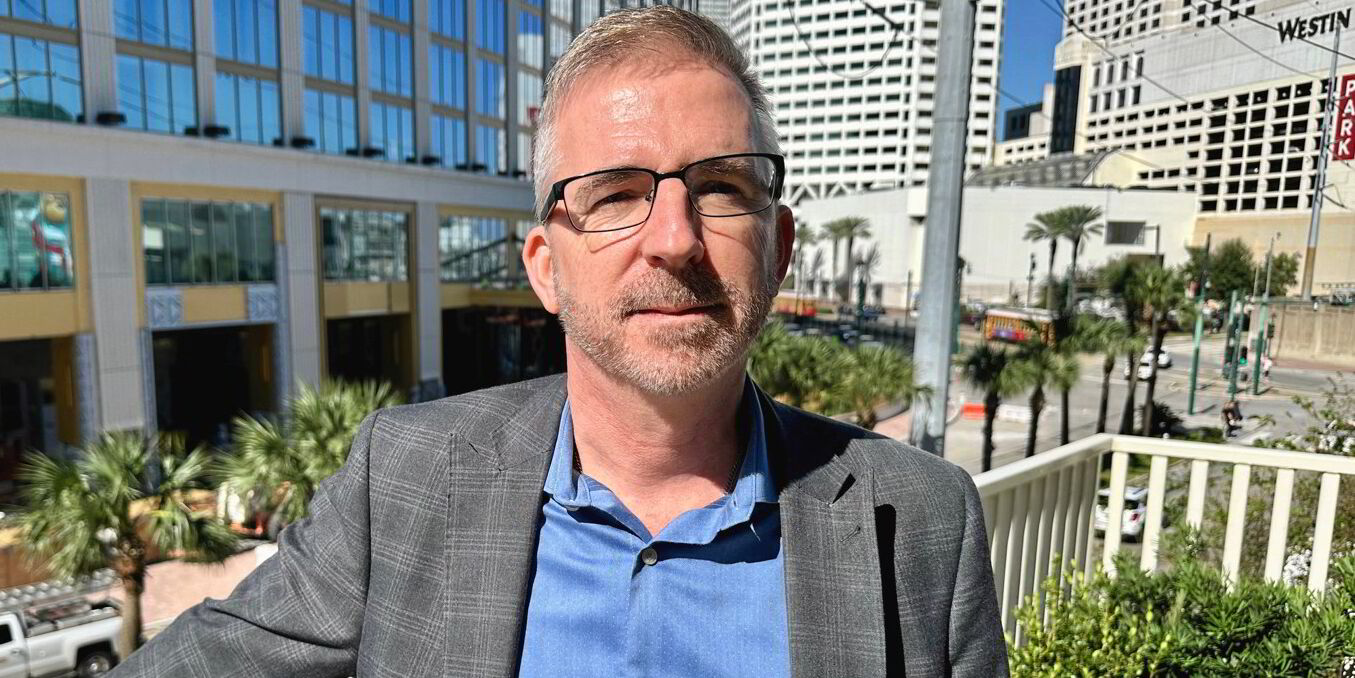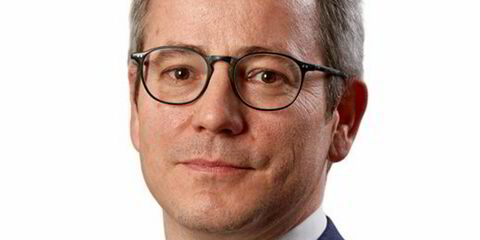Cadeler chief executive Mikkel Gleerup believes more tie-ups are possible in the niche but lucrative wind turbine installation vessel (WTIV) sector.
“I would not be surprised if there was further consolidation,” he told TradeWinds.
“I think for many reasons it makes sense. One reason is that the companies we work with, they are fairly big and chunky, right?
“And it makes sense for the contractors also to have a certain size, which has also been one of the factors behind our own ambitions. We wanted to be a more meaningful partner to our clients.”
BW-backed Cadeler is the world’s biggest owner of WTIVs following its $1.2bn merger with Scorpio Group’s Eneti in 2023.
The company has five ships, with six more on order.
Gleerup said size gives a shipowner a certain flexibility that is hard to achieve for one or two-ship operators.
“Because you are really limited and the business model becomes much more binary. So that has certainly been an ambition for us,” he said.
“I think that there is room for consolidation out there.”
The WTIV fleet, and the number of participants, is smaller than the commissioning service operation vessel side of the offshore wind sector.
No yard capacity
New players have been entering the CSOV market, but Gleerup does not see much possibility of this being repeated on Cadeler’s side of the fence.
Newbuildings can cost more than $300m but command dayrates of more than $200,000.
“I think it’s expensive, but it’s also difficult, because where would you build at the moment? The capacity is basically non-existent,” he told TradeWinds.
He said it is important to have newbuildings on order right now: “I think you are lucky if you are getting anything within the next four to five years. We constantly evaluate the fleet size. And at the moment we are happy with what we have.”
Cadeler also said in its third-quarter results statement that it had received a cancellation fee from a vessel reservation agreement, without disclosing an amount.
Gleerup said this arose from a legacy project in South Korea that has shifted back a year.
“And then we get paid, which is good, of course,” he added. “It shows really that the termination fees, they work.
“But it doesn’t mean that we will not execute this project potentially.
“It just means that because it has shifted one year in execution, we get our termination fee, but we can say we are still basically potentially in the game to support this project. But because it has changed, then we have the flexibility to step away and still get paid.”
The CEO sees the market outlook as more positive than at the time of the company’s second-quarter results in August.
There is more demand from clients in general, particularly as the gaps between projects shrink, with “very solid demand” for operations and maintenance work.
“The clients are very, very eager to close those available time slots on the vessels to ensure that they have capacity to do operations and maintenance on their projects,” he added.
